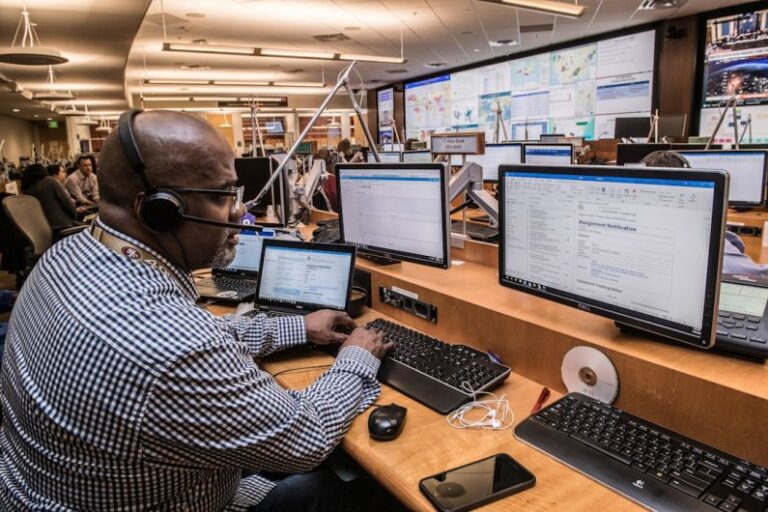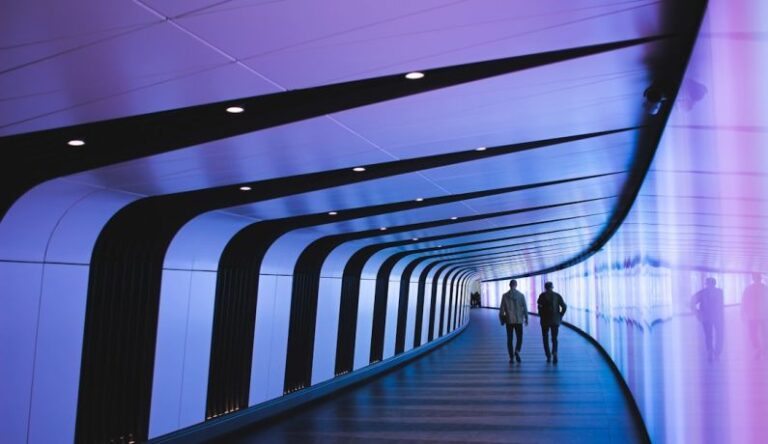Addressing Last-mile Delivery Challenges
In the fast-paced world of e-commerce and online shopping, last-mile delivery has become a critical component of the customer experience. It refers to the final leg of the delivery process, where packages are transported from a distribution center to the customer’s doorstep. While advancements in technology have improved efficiency in this area, several challenges still persist, impacting delivery times, costs, and customer satisfaction. Let’s delve into some of the key challenges faced in last-mile delivery and explore strategies to address them effectively.
The Rise of E-Commerce and the Pressure on Last-Mile Delivery
The exponential growth of e-commerce in recent years has put immense pressure on last-mile delivery services. With more consumers opting to shop online, the volume of packages being delivered has skyrocketed, leading to congestion on roads, increased traffic, and longer delivery times. Additionally, the expectation for fast and reliable delivery has raised the bar for logistics companies, forcing them to reevaluate their operations to meet these demands.
Optimizing Route Planning and Vehicle Utilization
One of the primary challenges in last-mile delivery is optimizing route planning to ensure timely and cost-effective deliveries. Inefficient route planning can result in longer delivery times, increased fuel consumption, and higher operational costs. By leveraging advanced route optimization software and algorithms, logistics companies can create optimal delivery routes based on factors such as package size, weight, delivery windows, and traffic conditions. This not only helps improve delivery efficiency but also reduces carbon emissions and overall environmental impact.
Utilizing Technology and Automation
Technology plays a crucial role in overcoming last-mile delivery challenges. From GPS tracking and real-time monitoring to delivery drones and autonomous vehicles, there is a wide range of technological solutions that can streamline the delivery process and enhance customer experience. By investing in automation and robotics, logistics companies can improve order accuracy, reduce human error, and increase delivery speed. Furthermore, technologies like geofencing and digital signature capture provide greater visibility and security throughout the delivery journey.
Enhancing Customer Communication and Transparency
Clear and proactive communication with customers is essential in overcoming last-mile delivery challenges. Providing real-time updates on the status of their delivery, estimated arrival times, and any potential delays can help manage customer expectations and build trust. Additionally, offering multiple delivery options such as same-day delivery, express shipping, or designated time slots gives customers greater flexibility and control over their deliveries. By prioritizing transparency and responsiveness, logistics companies can create a positive delivery experience that sets them apart from competitors.
Implementing Sustainable Practices
As environmental concerns continue to grow, sustainability has become a key focus in the logistics industry. Last-mile delivery contributes to carbon emissions, traffic congestion, and pollution, making it imperative for companies to adopt sustainable practices. By investing in electric vehicles, bike couriers, and eco-friendly packaging, logistics companies can reduce their carbon footprint and mitigate the environmental impact of deliveries. Additionally, consolidating multiple deliveries into a single trip and exploring alternative delivery methods like crowdshipping and locker solutions can further optimize resources and minimize waste.
Navigating Urban Logistics and Regulatory Challenges
Urban areas present unique challenges for last-mile delivery, including limited parking, restricted access zones, and stringent regulations. Logistics companies operating in cities must navigate these obstacles while adhering to local laws and regulations. Collaborating with city authorities, implementing smart city initiatives, and utilizing micro-fulfillment centers can help streamline operations and improve delivery efficiency in urban environments. By proactively addressing regulatory challenges and embracing innovative solutions, logistics companies can enhance their urban delivery capabilities and meet the evolving needs of urban consumers.
Embracing Collaboration and Partnerships
In the dynamic landscape of last-mile delivery, collaboration and partnerships are essential for success. By working with third-party logistics providers, technology companies, and local businesses, logistics companies can leverage expertise, resources, and networks to overcome delivery challenges effectively. Collaborative initiatives such as shared delivery networks, cross-company partnerships, and data-sharing agreements can enhance delivery capabilities, expand market reach, and drive operational efficiency. By fostering a culture of collaboration and innovation, logistics companies can stay ahead of the curve and deliver exceptional customer experiences.
In conclusion, addressing last-mile delivery challenges requires a multifaceted approach that combines technology, sustainability, customer-centricity, and collaboration. By optimizing route planning, leveraging technology and automation, enhancing customer communication, implementing sustainable practices, navigating urban logistics, and embracing collaboration, logistics companies can overcome the complexities of last-mile delivery and deliver seamless, efficient, and sustainable delivery experiences to customers. By staying agile, adaptive, and customer-focused, logistics companies can thrive in the competitive e-commerce landscape and set new standards for last-mile delivery excellence.






